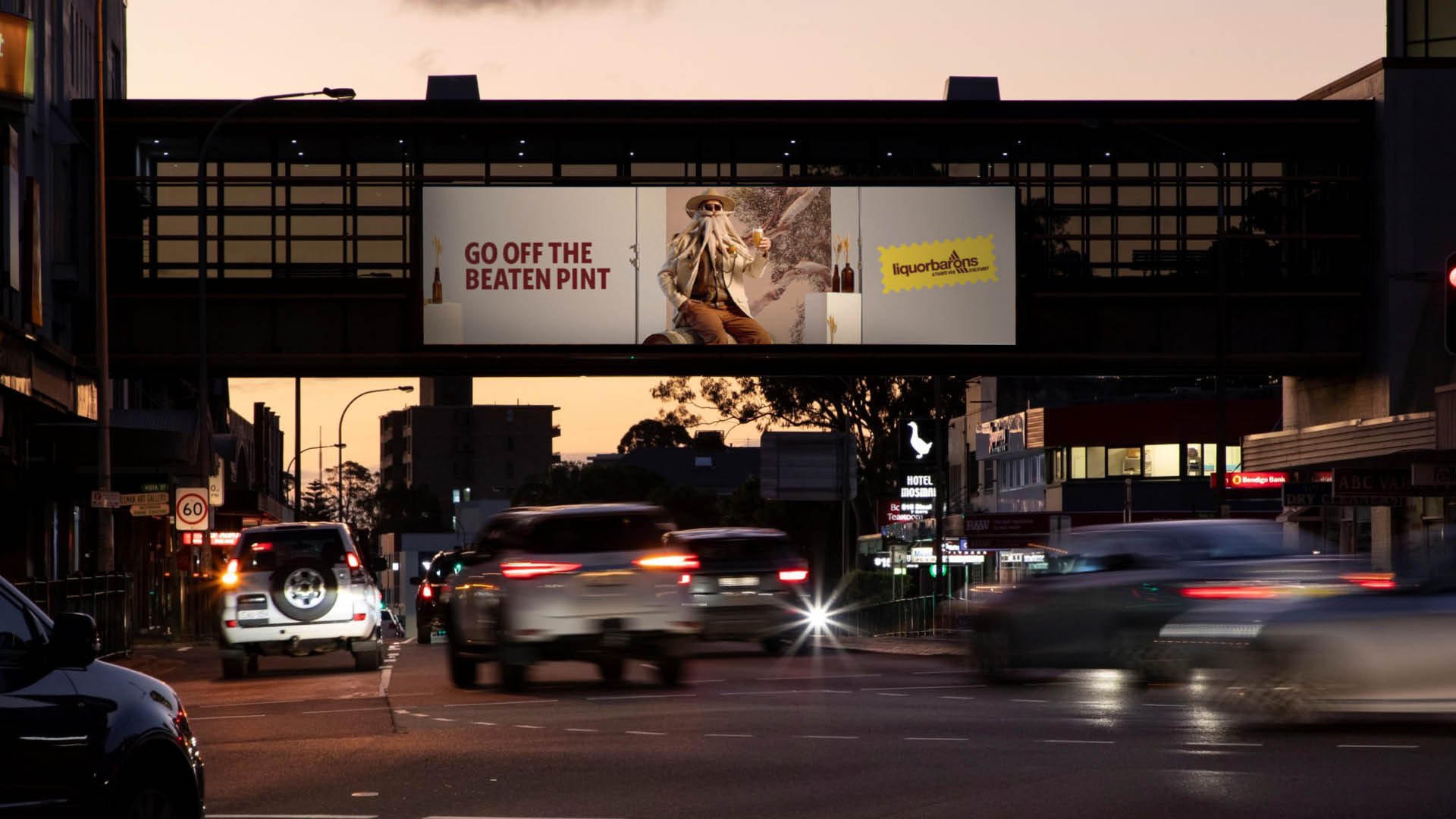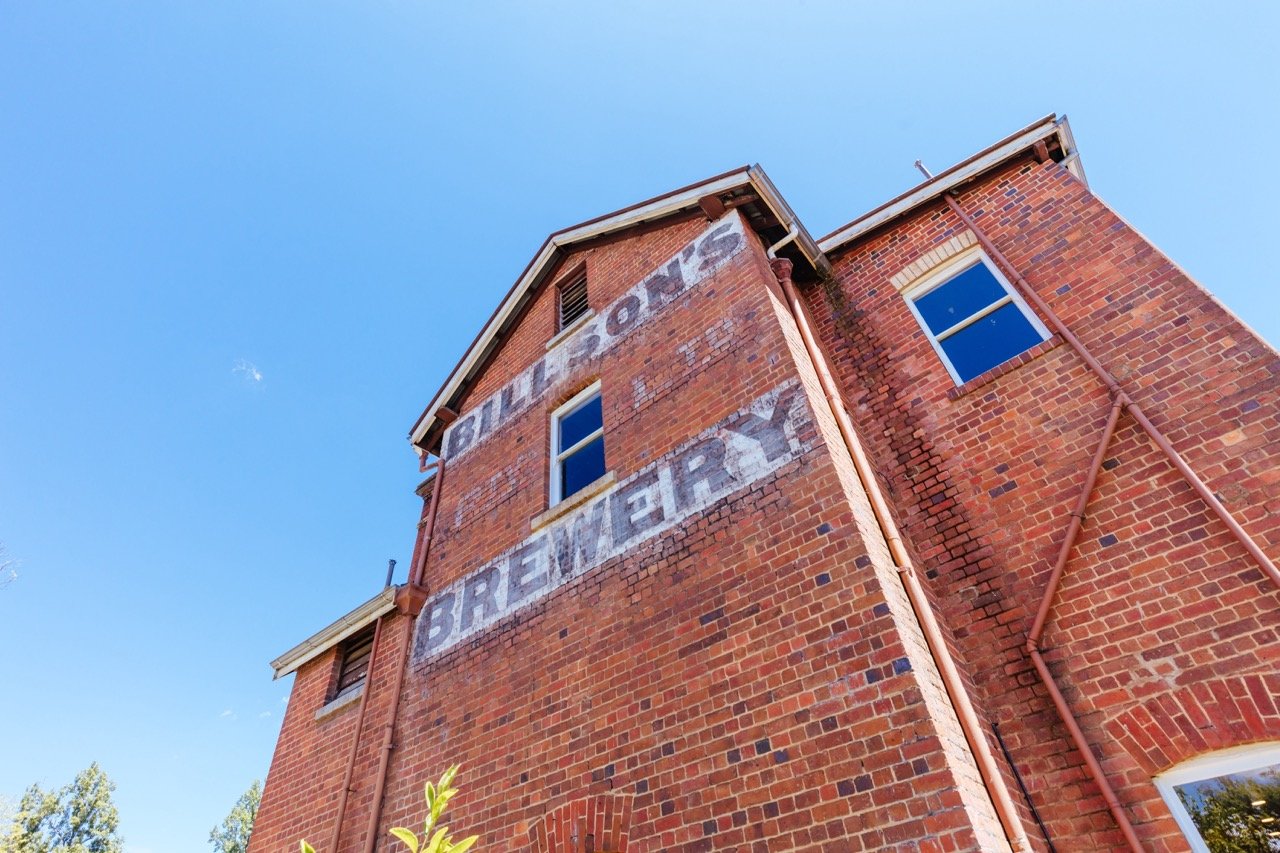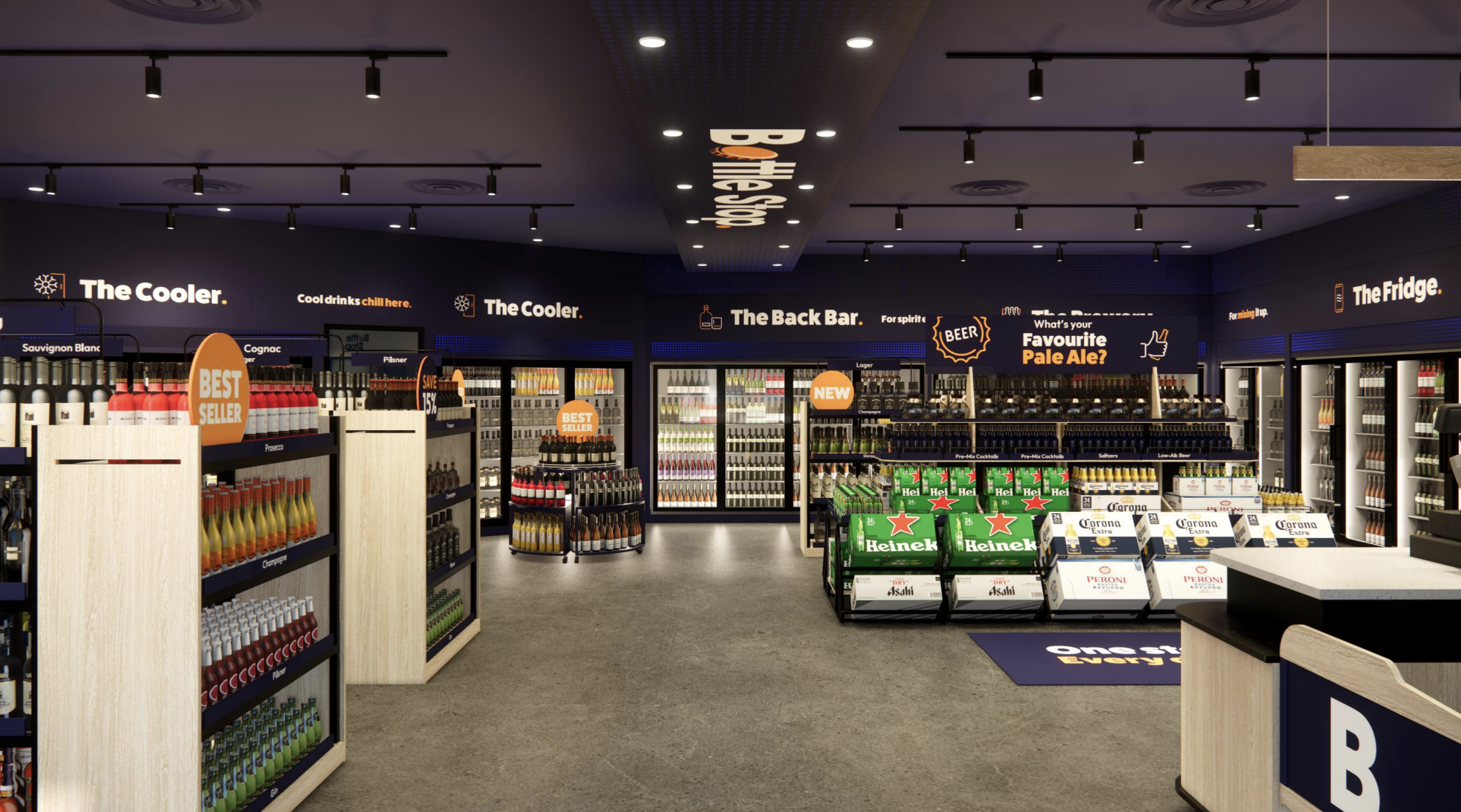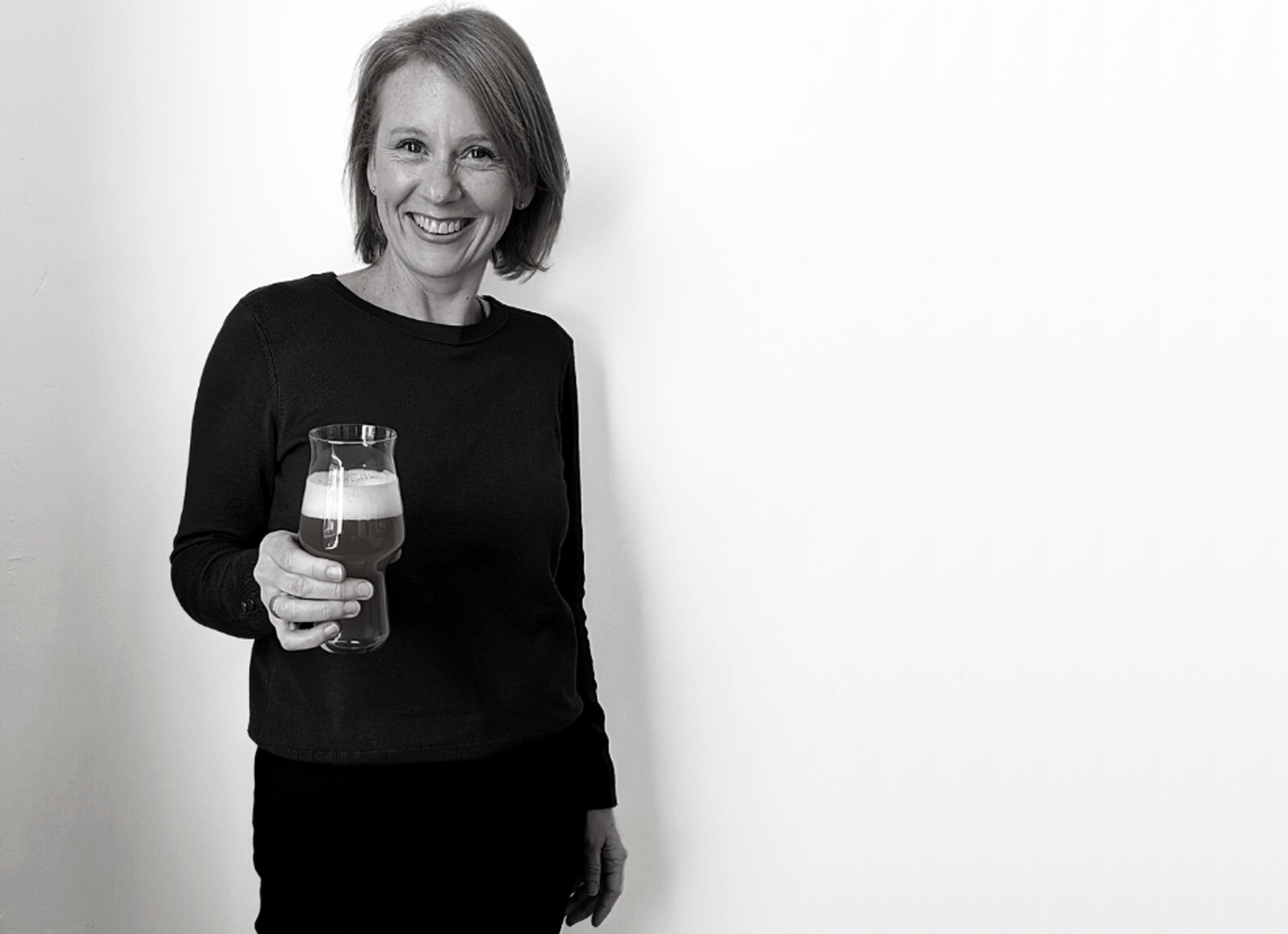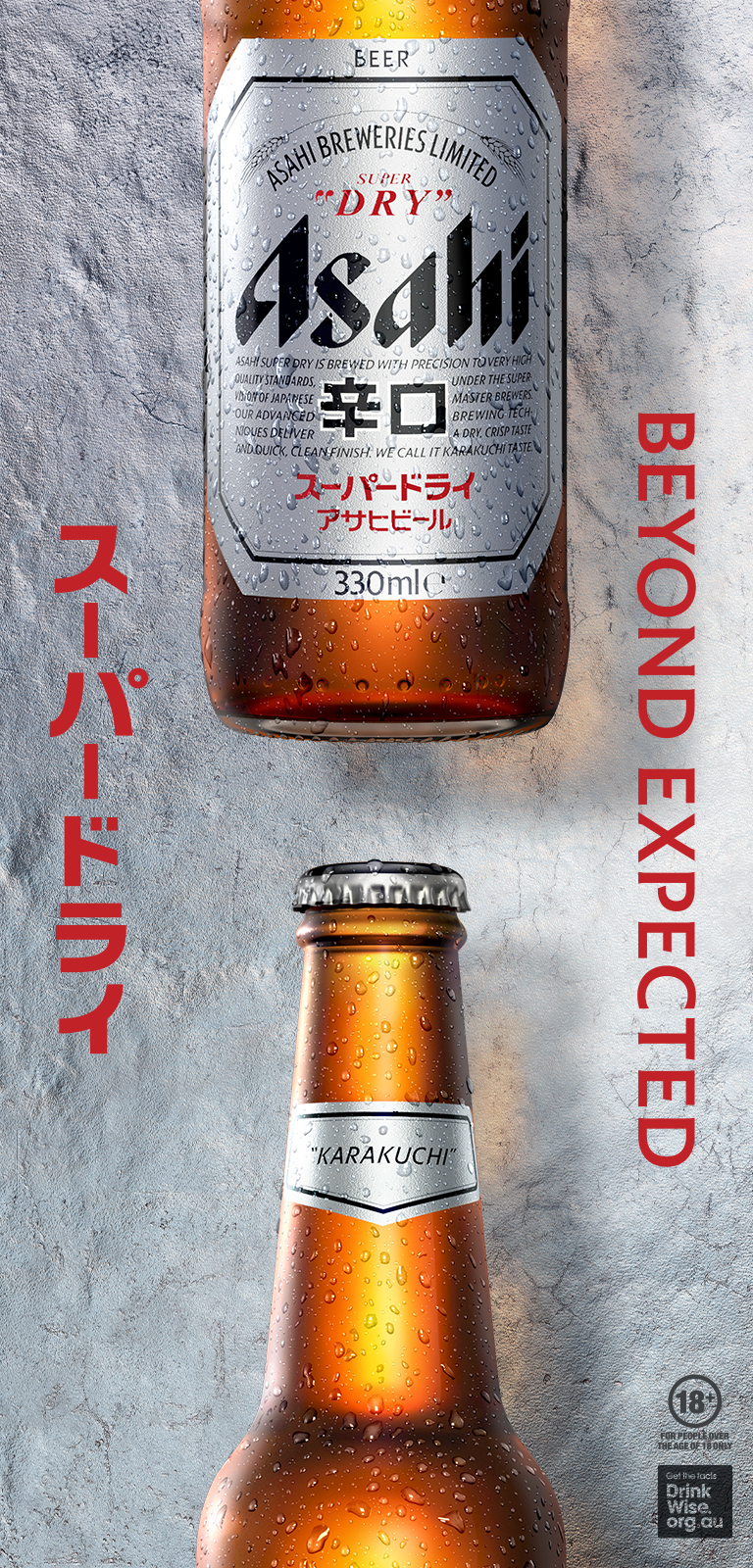Despite being the world’s most consumed spirit and as the liquor category with the fourth greatest global market share, baijiu consumption in Australia has traditionally remained isolated to citizens of Asian ethnic backgrounds. However, Moutai Australia's Brand and Marketing Manager Dan Zhao believes this is starting to change.
“We have been distributing Moutai in Australia for 21 years,” he said.
“Previously, the main market has been the Chinese and the Asians living here… but we have the ambition to extend the brand awareness to the non-Chinese demographic, which is my focus this year.”
In Asia, the Moutai brand already has immense brand equity, contributing to its recent repeat listing as the world’s most valuable liquor brand for 2024. According to Kantar, Moutai’s brand value of more than AUD $127,000 million represented more than a third of the total value of the top 20 most valuable brands combined. Following this, three other baijiu brands made the top 20 list.
Han Ye, Lead Partner of Kantar’s China Advisory Business, believes one of Moutai’s strengths has been its ability to adapt to younger demographics.
“In China, baijiu brands are trying to win over younger generations - which they have realised means building associations with new moods and occasions,” said Han Ye in the Kandar report.
“Importantly, they have done this while still maintaining Moutai’s premium positioning - because they chose the right brands to collaborate with.”
Dan Zhao says uptake in Australia is starting to develop now that the baijiu category has properly been defined. This has even kickstarted some local production of the spirit using Australian-grown sorghum.
“Baijiu has been in China for thousands of years; but, internationally, it's a newly defined category… As a category, it was only officially defined last year. Previously there were a lot of names referring to baijiu - people call it Chinese wine, people call it Chinese spirit - but now it's officially been called baijiu.
“Within baijiu, there are so many brands, but there's always been Moutai.”
Another barrier to entry for Australian trade is understanding the different styles and types of baijiu available. Drinks Trade asked Dan Zhao about the category's defining features and about what descriptors trade should use to differentiate its different expressions.
“Baijiu is clear distilled liquor that's made in China. There are different styles, but it's mainly made from grains like sorghum,” he said.
“In China, over the thousands of years, baijiu has developed into various styles in different regions. Very interestingly, baijiu is produced all across the country, it's not just limited to a single area. Basically, if you go to China, you can find a distillery with different styles everywhere, it's very similar to grapes or wine.”
Despite this diversity, there are four major styles of Chinese baijiu, differing based on their aroma profiles.
Qingxiang - translating to light aroma - is a delicate, dry and light baijiu, typically heralding from cool climate regions and made from sorghum fermented in stone with a qu made of wheat, barley and peas.
Mixiang - translating to rice aroma - is made by distilling rice, and has a clean profile and subtle aroma: “you can think of Mixiang baijiu as more like a distilled version of sake,” said Zhao.
Nongxiang - translating to strong aroma - is usually distilled from sorghum and features rich and sweet flavours such as pineapple, banana, and anise. One example on the Australian market is 1573, which is also imported into Australia by DMG Group along with Moutai.
Finally, Jiangxiang - or sauce aroma - is a category of fragrant baijiu named for its umami flavours often similar to fermented bean pastes and soy sauces that comes from repeatedly fermenting sorghum in stone brick pits. Not recommended for beginners, Jiangxiang is often described as having parallels to peated whisky in the sense that it is an acquired, and often polarising, taste. Dan Zhao describes Moutai as the “iconic example of Jiangxiang baijiu.”
While various base grains can be used in different styles, baijiu is typically made from a single-grain variety often sourced from a single geographical region.
“Whisky producers start to focus on the grain quality and the regions of grain, But Chinese producers have always been focusing on these,” said Zhao.
“The brand value of Moutai increased dramatically in the last 20 years, and that’s partially because the economy of China boomed and there are a lot of Chinese going travelling globally; and also because Moutai, similar to Champagne, is limited to the small region. It's as small as 15 kilometres, which is smaller than the smallest cru in Cognac. The distillery actually tried 60 times to replicate the taste elsewhere and they failed. They realised that terroir is very important to this product.”
Another important consideration when discussing the different categories of baijiu is price, with baijiu expressions ranging everywhere from budget spirits up to luxury brands. In Australia, Moutai’s flagship expression, the Kweichow Moutai Flying Fairy Baijiu, retails for around $500 per 500ml bottle.
Dan Zhao says this price is reflective of both the limitations of scale dictated by the size of the small part of Guizhou (Kweichow) Province that Moutai is sourced from, and of the laborious production process.
“In terms of brand value, Moutai is bigger than Coca-Cola. But come back to the production process, it's still traditional [and has] a lot of processes and hand labour. Producing one bottle of Moutai involves 650 steps. Even making the yeast, which is called the qu, that process still involves people stepping on the grain, and using the mould to make the block and throw it into a non-air-conditioned warehouse that is just controlled by the natural temperature and humidity. Everything is still traditional.”
The difference between the entry level and premium baijiu is also typically evident in the flavour profiles present.
“For entry level baijiu, when you drink it, it's more on the tropical side. You get a lot of fruits, especially tropical fruits, and you got a lot of sweetness and fruitiness.
“Then talking about the premium baijiu,which is Moutai, the taste and the palate change from tropical to more umami and earthy. Dark chocolate, roasted grain... This is very similar to wine tasting: the entry-level wine is fruity, easy drinking; but the high-end red wine/old red wine, you get meat, you get smoke, you get a lot of umami as well.”
Also similar to wine, premium baijiu has the capacity to age over time, meaning that older vintages and blends often demand a higher price point.
According to Zhao, “there are two kinds of ageing. One is the ageing before the blending. For Moutai specifically, the entry-level Moutai will experience a one year cycle of production, which is extremely long compared to other spirits. It's aged underground in a cellar within a big ceramic pot. Then the other kind of ageing is called bottle ageing; it's very similar in wine, too. Moutai will keep developing within the bottle. That's why Moutai uses the white glass, because it will protect the liquor from sunlight/from the temperature change. Then when it develops, you will get a lot of new flavours [and] new characteristics out of it.
“A lot of people, especially Chinese, when they drink Moutai, they will firstly ask when it was released, because they will have this impression that how much it's going to be and how tasty it's going to be.”
Moutai Australia is planning on significantly increasing its presence in Australia in 2025. Part of this will include activations around the on-premise trade, including the recent Enter the Dragon 3 Cocktail Competition held at the Sydney Opera House on 28 October, which was won by Cuatro Group bartender Ed Quatermass.
//
Previously featured in Drinks Trade’s Explained series: oak maturation, Spritz, French brandy regions, Oktoberfest Limoncello,Mead, Rakia, Zinfandel
Share the content


